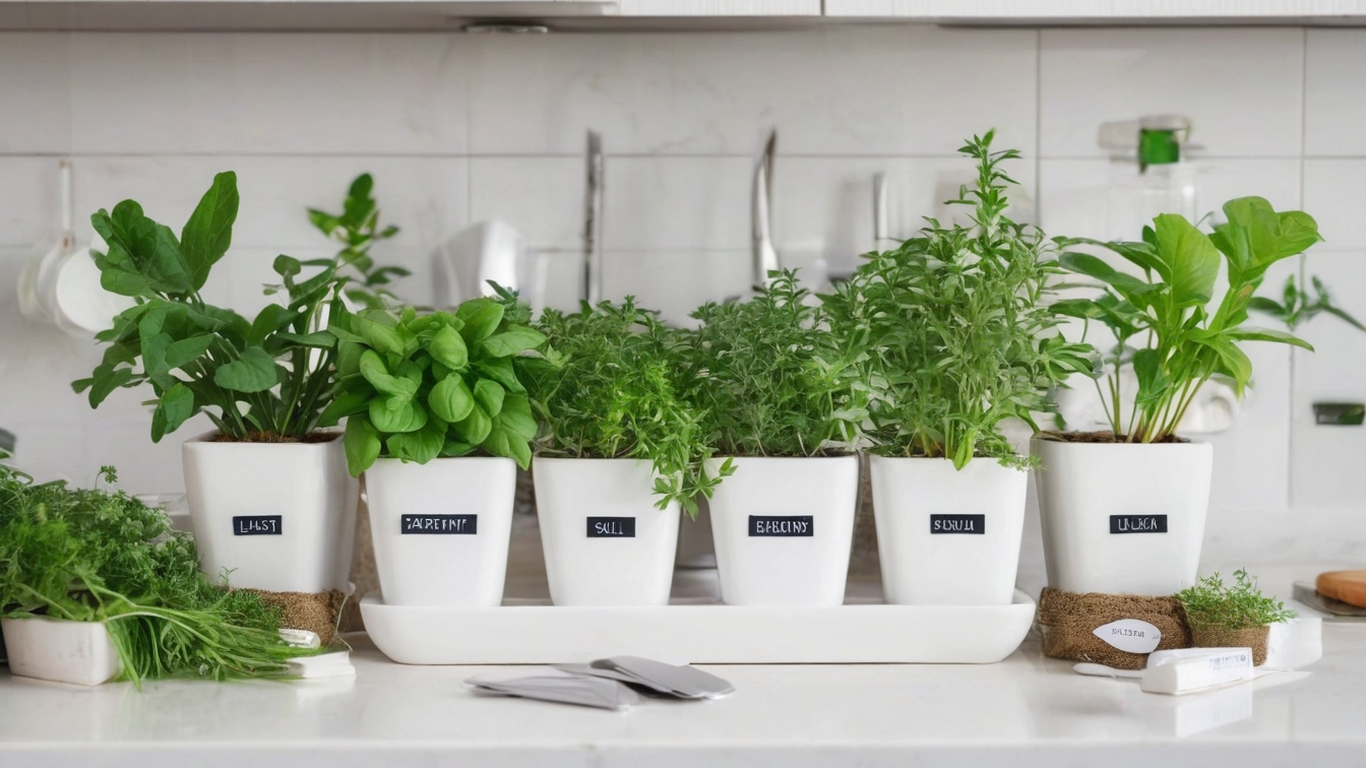Introduction to Indoor Gardening
As the crisp winds of autumn fade and winter draws near, many gardening enthusiasts turn their attention to cultivating vibrant, lush indoor gardens. Indoor gardening during the colder months is not only a fulfilling hobby but also a practical approach to enhance your home’s air quality and aesthetics. Let us guide you through the process of establishing a flourishing winter indoor garden, ensuring you have a green sanctuary to enjoy throughout the season.
Selecting the Right Plants
The first step in starting your indoor garden is to select the right plants. Opt for species that thrive in indoor conditions and require similar care levels, making them easier to manage collectively. Spider plants, peace lilies, and snake plants are excellent choices due to their low light and water requirements. Additionally, consider culinary herbs like basil, thyme, and mint, which can thrive on a sunny windowsill and are practical for kitchen use.
Creating the Perfect Environment
To ensure your indoor garden thrives, it’s crucial to create an environment that mimics the plants’ natural habitat. Most indoor plants prefer temperatures between 65°F and 75°F, with some variation at night. Avoid placing plants near drafts or heat sources like radiators, which can cause fluctuations that are harmful to growth.
Lighting is key in indoor gardening, especially during winter when natural sunlight is limited. Invest in grow lights that provide a full spectrum of light, mimicking natural sunlight. Position these lights strategically to cover all your plants evenly and set them on timers to ensure they receive enough light throughout the day, typically 12-16 hours.
Proper Watering and Humidity
Watering your indoor garden correctly is essential. Overwatering is a common mistake that can lead to root rot, while under-watering can stress plants. Check the soil moisture regularly and water when the top inch feels dry. Additionally, many indoor plants benefit from higher humidity levels. Consider using a humidifier or placing water trays near your garden area to maintain optimal moisture levels in the air.
Fertilizing for Growth
Feeding your plants is crucial for their growth and vitality. Use a balanced, water-soluble fertilizer every four to six weeks during the plants’ active growth phases. During the winter months, when plant growth naturally slows, reduce the frequency of fertilization to prevent nutrient overload, which can harm your plants.
Regular Maintenance
Regular maintenance is vital for the health and aesthetics of your indoor garden. Trim any dead or yellowing leaves to encourage new growth and inspect plants regularly for signs of pests or disease. Early detection and treatment can prevent these issues from spreading throughout your indoor garden.
Advanced Tips for Expert Gardeners
For more experienced gardeners looking to elevate their indoor gardens, consider implementing advanced techniques such as hydroponics or aquaponics. These soil-free gardening methods can be more efficient and yield higher results by providing plants with direct access to nutrients and water.
Conclusion
Starting an indoor garden this winter can transform your home into a vibrant, green oasis. By selecting the right plants and creating a nurturing environment, you can enjoy the benefits of gardening year-round. Remember to monitor your plants closely and adjust care as needed to ensure your indoor garden remains a thriving part of your home through winter and beyond.
Tags: best gardening tips for beginners, indoor garden tips, winter gardening